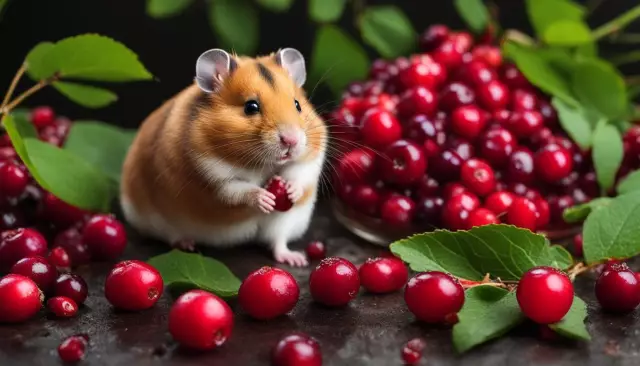- Author Delia Mathews [email protected].
- Public 2023-12-16 00:05.
- Last modified 2025-01-22 15:45.
Budgerigars are one of the most popular pets today. Small size, bright color, inquisitive nature and, of course, the ability to repeat human speech make these birds ideal for keeping even in a small apartment. Having decided to buy a "wavy", the future owner always faces the question of whom to take: a male or a female?

Instructions
Step 1
If you plan to teach a parrot to talk, then it is better to get a young male, although experts say that among females there are "talkative" talents. The most important thing is to take a young bird for training. Up to three months, parrots have a dimmer and more inconspicuous plumage than adult birds. You should also pay attention to the tail and claws - in young birds they will be much shorter than in adults. Up to 45 days, a black smear can be seen on the beak of young parrots, which disappears as the bird matures. Once you have decided on your age, you can start determining your gender.
Step 2
The sex of the future pet is determined by the color of the wax, which is located in the upper part of the beak of the parrot. It is for this that it is important to know the age of the bird, since at different periods of life, the color of the wax in birds changes.
Step 3
The most difficult thing is to determine the sex in young individuals. By the age of three months, females have a pale blue waxen, often with a white edging around the nostrils. Males at this age have pale purple to deep purple waxes.
Step 4
After three months of age, the color of the wax changes. In the female, it becomes grayish white or brown, and in the male, the "minks" become bright blue. The exception is white parrots. They have almost the same wax - grayish white or brown. In order to accurately determine the sex of "Snow White" you will have to contact a budgerigar specialist or a veterinarian.
Step 5
In order not to be mistaken with gender and age, it is necessary to purchase birds in specialized pet stores, where experienced sellers will help you choose the right future pet, as well as give all the necessary recommendations for keeping and feeding these wonderful "talkers".






